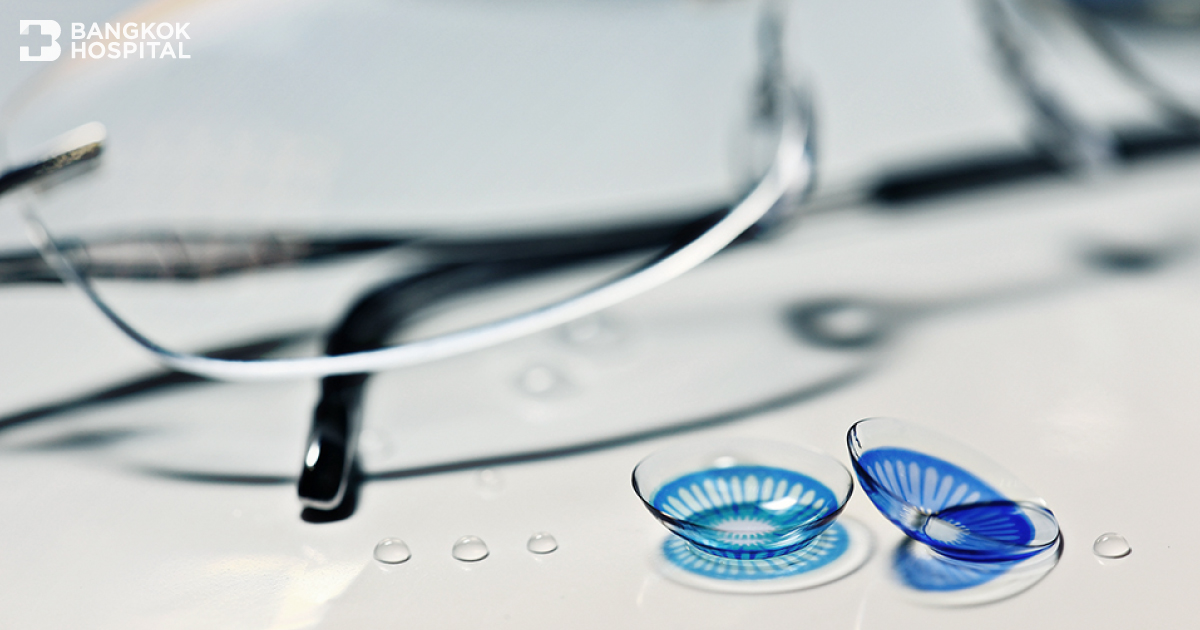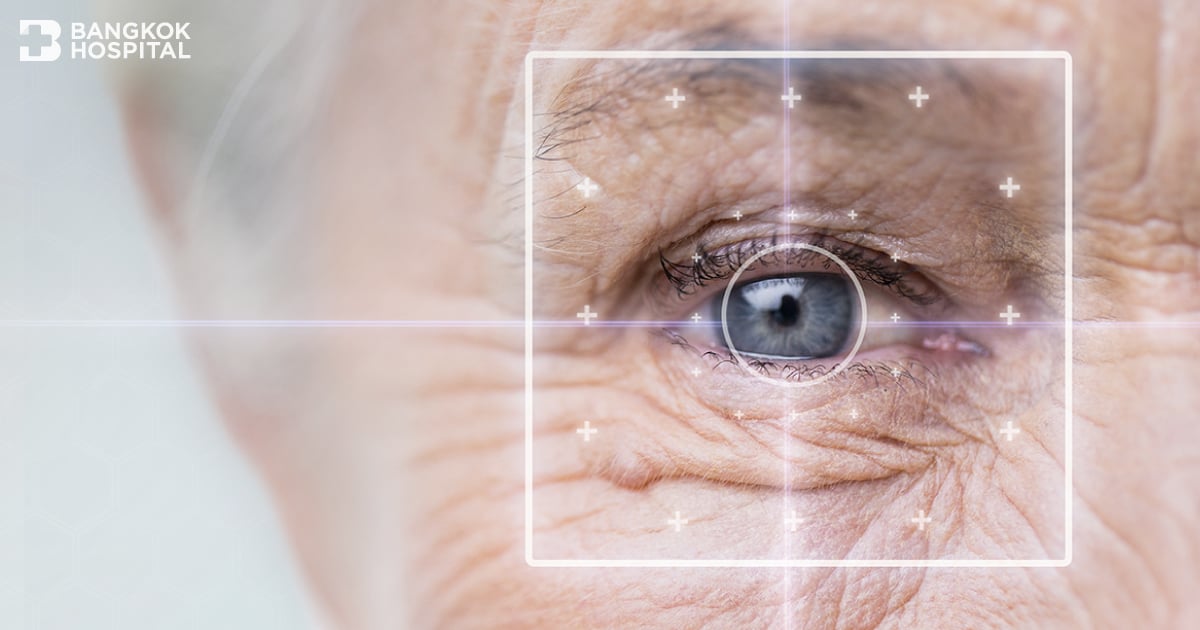



When people have abnormal vision (Refractive Error), it can be corrected in several ways to improve clarity of vision, including eyeglasses, contact lenses, and surgery to address the abnormal vision condition.

Visual impairments are the result of inadequate focusing power of the eye relative to the length of the eyeball, resulting in the improper focus of light on the retina. This leads to various types of visual impairments, which are classified into 4 types: nearsightedness, farsightedness, astigmatism, and presbyopia. Another popular option is to undergo FEMTO LASIK surgery.

Most people may think that anyone can undergo laser eye surgery. On the contrary, some people may have characteristics that are not suitable for LASIK. Ophthalmologists will have to conduct an examination to ensure that the patient meets the basic criteria for undergoing LASIK surgery.

The normal vision is when the light passes through the cornea and the crystalline lens to help focus the light rays onto the retina for a clear vision.

Seeing the world brightly is a result of having complete eye health, but today, few people own eyes that can see the world brightly without the aid of tools like contact lenses or glasses. This is because various lifestyle factors gradually promote the deterioration of our vision.

If you are one of those dealing with nearsightedness, farsightedness, astigmatism, or are tied to wearing glasses, driving can be troublesome, playing sports can be challenging, and switching to contact lenses requires constant caution. Today, let's resolve these doubts and liberate the joy of clear vision with the new option of blade-free LASIK for a brighter and clearer world than before.

Bladeless LASIK, which represents a new scientific advancement, not only helps reduce risks and enhance the effectiveness of treating vision problems but also increases the options for correcting abnormal vision conditions. This is especially true for issues like nearsightedness, astigmatism, congenital farsightedness, and age-related farsightedness, which are common foundational problems today. By using laser light to increase precision and safety during the corneal flap creation process, it plays a crucial role in improving the quality of vision and elevating people's quality of life in society as a whole.

Bladeless LASIK, considered a new science that not only helps reduce risks and enhance the effectiveness of vision problem treatments but also provides additional options for correcting vision abnormalities. Especially for common issues such as nearsightedness, astigmatism, congenital farsightedness, and age-related farsightedness. By using laser light to increase precision and safety in the process of separating the corneal layers, it plays a significant role in improving vision quality and elevating the quality of life for people in society as a whole.

ReLex is the latest technique in eye treatment that takes laser vision correction for short-sightedness beyond LASIK. It uses the femtosecond laser to precisely separate and then remove a ‘lenticule’ (tiny disc) of tissue to re-shape cornea and change its lens power.

FEMTOLASIK: An advanced bladeless refractive surgery to treat vision problems

People over the age of 40 will experience presbyopia, which is a natural decline in vision over time. Initially, they could see both far and near clearly without glasses but will need to start wearing glasses for reading or up-close work. Those who already have myopia, hyperopia, or astigmatism and are wearing glasses will have to switch to bifocals or progressive glasses, or have two pairs of glasses - one for distance and one for near vision. For contact lens wearers, they will need to wear an additional pair of glasses for near work or adjust the power of their contact lenses.

Hypertension, also known as high blood pressure, is a chronic medical condition in which the blood pressure in the arteries is persistently elevated.